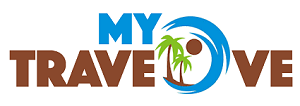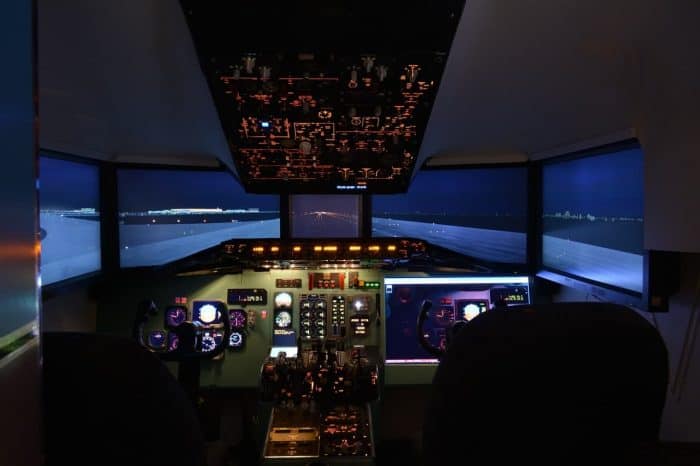A flight simulator holds a lot of importance in training a pilot. They provide a realistic experience to teach the right way to fly a plane before getting into the cockpit. They come in different forms and features but accomplish have the same purpose. To decide on the right flight simulator, you need to know the different types of it.
The Types of Flight Simulators
Flight simulators come in two types:
- An immovable flight training device that is distinguished by a number (1 to 7). The FTD with the highest-ranking i.e., 7 is considered to be the most sophisticated.
- A movable flight simulator that is distinguished by a series of letters (A to D). The simulator of the highest rating D is considered to be the most sophisticated device. Besides these common types, there are a few specialty flight simulators like the Vertical Motion Simulator.
This simulator is operated by NASA in Ames, California, San Francisco. It is characterized by 60 feet of vertical movement and a large-throw motion system. This simulator is primarily used in an early shuttle flight for performing several functions.
At first, a pilot may find it complex and confusing, but once they start using them, they will find them a lot easier. If you are looking for credible learning resources on flight training and aviation, then refer to this site. You will find a vast public repository of information on aviation in the form of manuals and documents.

-
Level A Simulators
This is the initial type of simulators that have got very basic features, where the visual system lacks sophistication. Also, they offer very little data to simulate the ground effect. These types of simulators are designed solely for airplanes and not for other kinds of aircraft. These types of simulators need motion systems that come with at least three degrees of freedom.
-
Level B Simulators
This type of simulator offers 80% of the initial training to pilots for a type rating. They offer 100% of re-currency training to pilots who have “circle-to-land” privileges. At present, there are about 12 to 15 Level B simulators present in the US.
-
Level C Simulators
This type of simulator has a low rate of transport delay than the other two levels. They also require a motion platform including all six degrees of freedom. They have visual systems that need a horizontal field of view of the outside world of at least 75 degrees for the pilots concerned.
These types of simulators offer tighter tolerances and improved backdrop on data. Users get great Primary Training ak for landing, instrument currency, and circle-to-land capability.
-
Level D Simulators
These simulators offer full type ratings that are beneficial for sophisticated airlines. They demonstrate tighter performance tolerances and better data performance. They require the following things:
- Realistic cockpit sounds
- Daylight scenery
- Distant-focus display
- All six degrees of freedom
- Numerous motion and visual effects
- A field of view of at least 150 degrees with their visual system
The highest level of FFS qualification makes it a high-quality, and beneficial device.
Conclusion
A flight simulator helps a pilot learn the intricacies involved in flying a plane interestingly and enjoyably. These are the different types of flight simulators that perform the same basic functions but vary in accordance with their capabilities. With this understanding, you can choose the best flight simulator for your purpose.












Comments